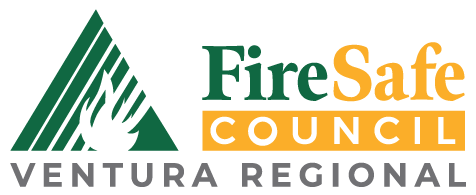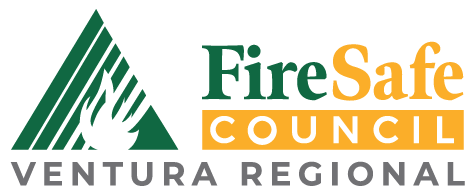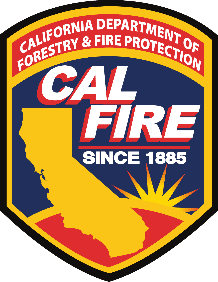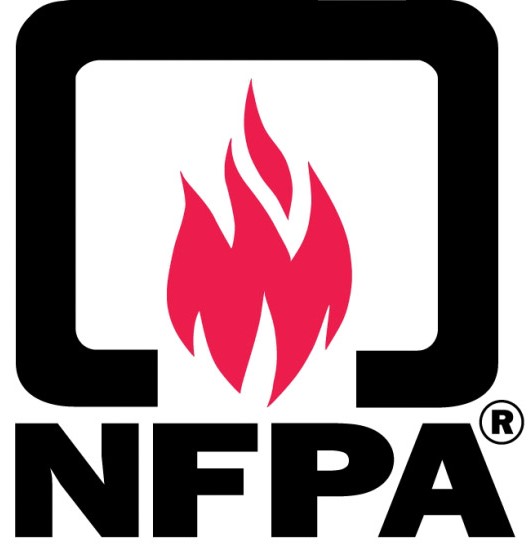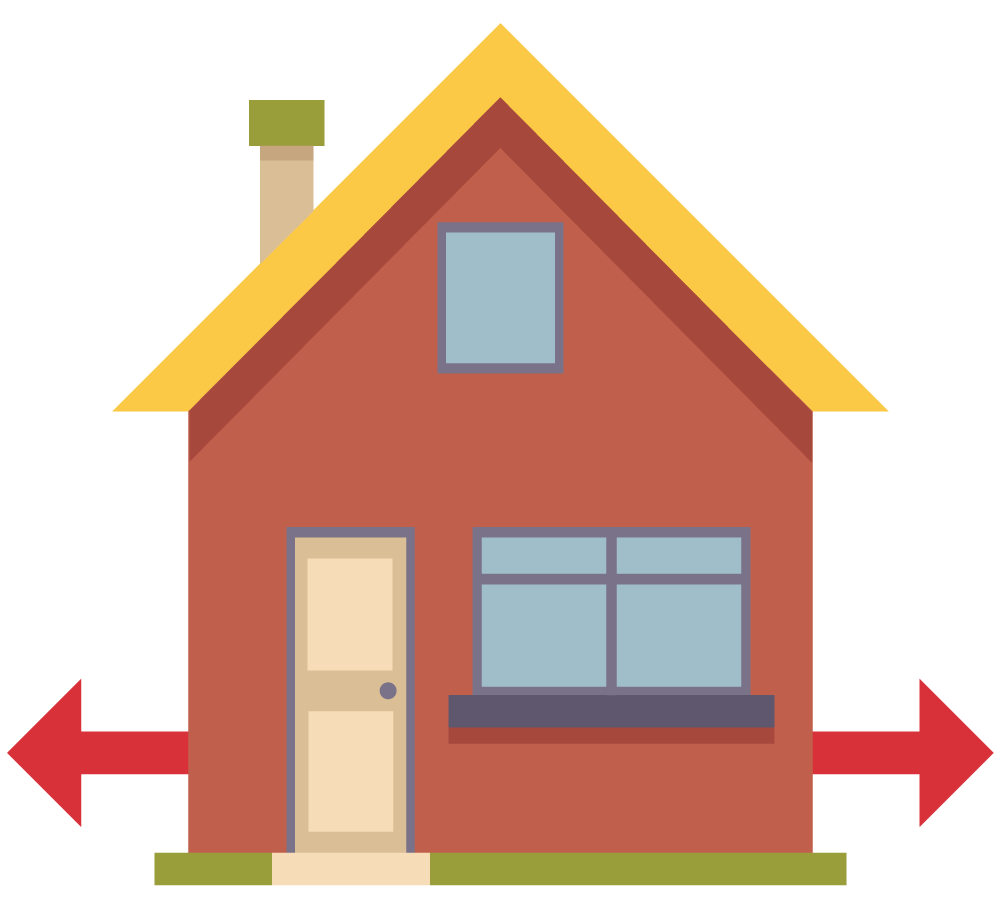How Homes Ignite
Buildings ignite during wildfires as a result of one or more of these three basic wildfire exposures: embers, radiant heat, and direct flame contact. The most common source of home ignition is from embers.
Home hardening means making changes to your home to reduce the risk against wildfire.
It is critical to ensure that your home can resist ember ignition by installing proper vents, removing combustible materials next to your home, sealing any opening into the home, enclosing soffits, installing tempered glass double pane windows and correctly installing gutters and gutter guards.
At a glance
In detail
How to Prepare Your Home for Wildfires
This Firewise USA® resource teaches risk reduction steps to make homes safer during a wildfire. The How to Prepare Your Home for Wildfires PDF provides insights and instruction on vegetation management, fire resistive construction, and the things you can do to be better prepared. Use it as a teaching tool and distribute it in your community.

Photo by the National Fire Protection Association
